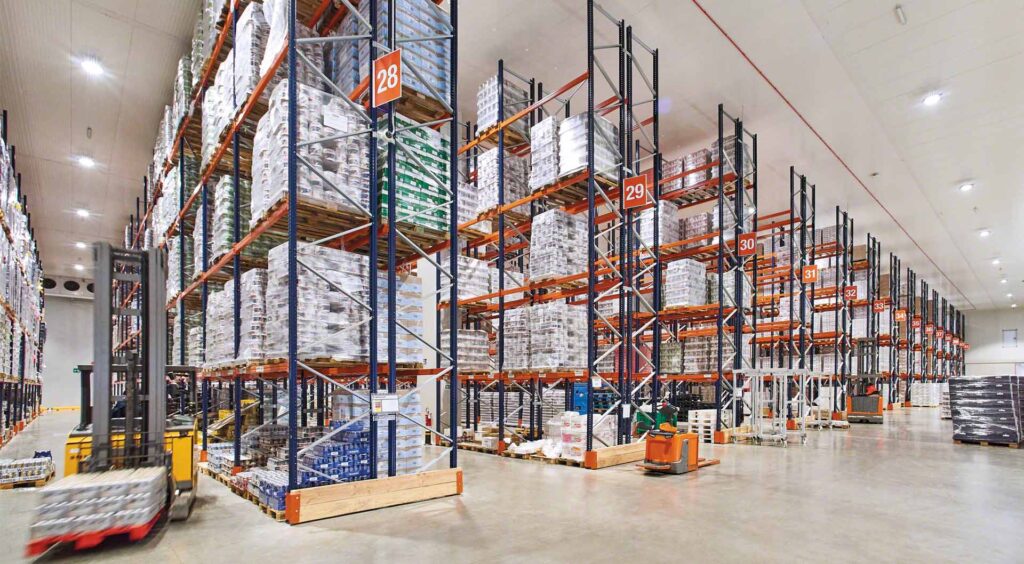Cold storage strategies are essential for preserving forest products and preventing decay, ensuring that timber and other wood-based materials maintain their quality and longevity. The natural decay process in wood is primarily driven by biological, physical, and chemical factors. Among these, moisture content, temperature, and exposure to pests play significant roles. By employing effective cold storage techniques, producers can minimize these risks and extend the usable life of forest products. One of the most crucial aspects of cold storage is controlling the temperature and humidity levels. Wood is hygroscopic, meaning it can absorb moisture from the environment, leading to decay and degradation. A cold storage facility should ideally maintain a temperature range of 0 to 10 degrees Celsius 32 to 50 degrees Fahrenheit and a relative humidity level of around 30 to 60 percent. Such conditions inhibit the growth of fungi and bacteria, which thrive in warmer, moist environments. Implementing efficient refrigeration systems and monitoring equipment can help achieve these optimal conditions.

In addition to temperature and humidity control, the proper stacking and airflow management of stored products are vital. Wood should be stacked in a way that allows air to circulate freely around each piece, preventing moisture accumulation in specific areas. Using spacers, such as wooden stickers, between layers of lumber can facilitate airflow and further reduce moisture retention. Furthermore, regular inspections of stored materials can identify potential decay issues before they become widespread, allowing for timely intervention. Another effective strategy for preventing decay is to treat wood with preservatives. Chemical treatments, such as pressure treating with copper-based preservatives, can significantly enhance wood durability against biological threats. However, it is essential to ensure that any preservatives used are compatible with cold storage conditions and do not compromise the environment within the storage facility.
Furthermore, incorporating advanced technologies like monitoring sensors and data analytics can enhance the effectiveness of cold storage strategies. Sensors that track temperature, humidity, and CO2 levels can provide real-time data, enabling managers to make quick adjustments to maintain optimal conditions. Using machine learning algorithms, patterns in decay can be analyzed, leading to improved predictive maintenance strategies that preemptively address potential issues before they escalate. Lastly, educating workers about best practices in cold storage can foster a culture of vigilance and care. Training staff to recognize early signs of decay, forest products cold storage ensure proper loading and unloading procedures, and maintain equipment will contribute significantly to the overall effectiveness of cold storage strategies. Implementing cold storage strategies for forest products is a multi-faceted approach that requires careful attention to temperature, humidity, airflow, and employee training. By adopting these measures, businesses can effectively prevent decay, thereby enhancing the sustainability and economic viability of forest products.